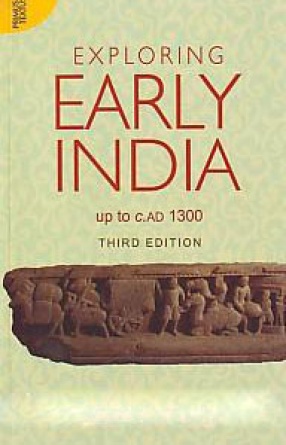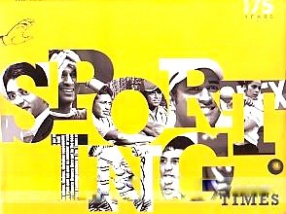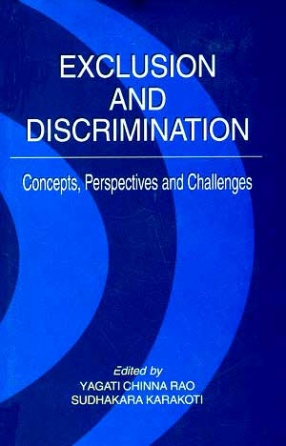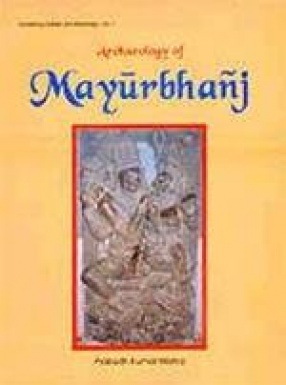The history of India begins with evidence of human activity of Homo sapiens as long as 75,000 years ago, or with earlier hominids including Homo erectus from about 500,000 years ago. The Indus Valley Civilization, which spread and flourished in the northwestern part of the Indian subcontinent from c. 3300 to 1300 BCE, was the first major civilization in India. A sophisticated and technologically advanced urban culture developed in the Mature Harappan period, from 2600 to 1900 BCE. This Bronze Age civilization collapsed before the end of the second millennium BCE and was followed by the Iron Age Vedic Civilization, which extended over much of the Indo-Gangetic plain and which witnessed the rise of major polities known as the Mahajanapadas. In one of these kingdoms, Magadha, Mahavira and Gautama Buddha were born in the 6th or 5th century BCE and propagated their śramanic philosophies.
Exploring Early India presents an overview of the protracted past of the subcontinent from the earliest times to c. AD 1300. The book traces the principal features in political, socio-economic and cultural history (including religious life and art activities) of the subcontinent by accommodating salient researches in early Indian history. A major feature of this book is the author’s engagement in analyzing changes in socio-economic, political and cultural life (beyond dynastic shifts), which also experienced considerable regional diversities. The author has attempted to familiarize its readers with the current issues, debates and trends on early Indian historiography. The book also tries to acquaint readers with diverse types of primary sources (field archaeological, epigraphic, numismatic, textual – both normative and descriptive – and art-historical materials) which offer multiple images and perspectives of the past under discussion. In addition to an exhaustive bibliography that will encourage interested readers to further studies, the book offers several illustrations and maps.








There are no reviews yet.